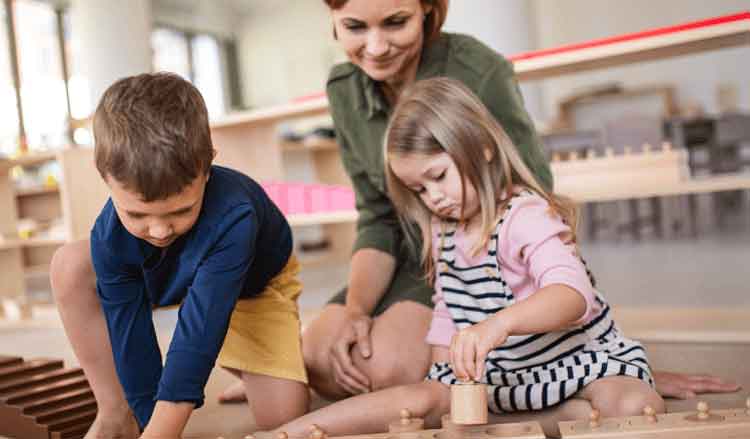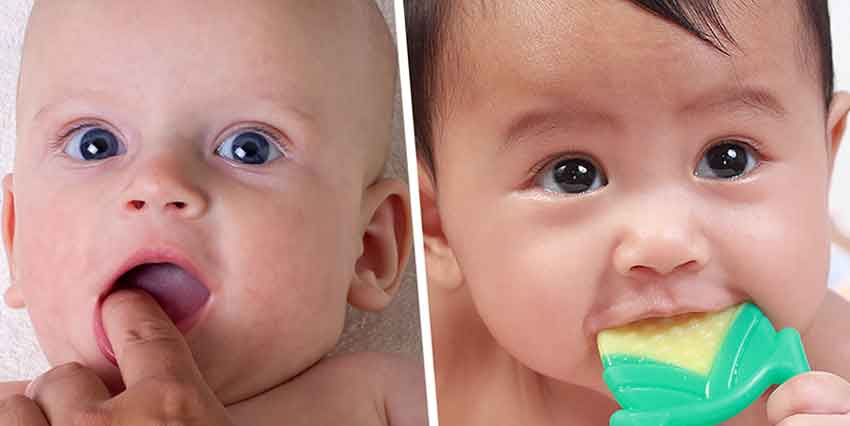Montessori education, founded by Dr. Maria Montessori, is renowned for its child-centered approach that nurtures curiosity, independence, and a love for learning. One of the key aspects of Montessori classrooms is the use of specialized materials or “Montessori apparatus,” which are carefully designed tools that promote hands-on learning. These materials are not just designed to teach specific academic concepts, but also to encourage problem-solving and critical thinking—skills that are essential for a child’s cognitive and emotional development.
In this article, we will explore how the Montessori apparatus fosters problem-solving abilities and critical thinking skills in young children, preparing them for success both academically and in life.
What is Montessori Apparatus?
Montessori apparatus refers to the wide array of educational tools used in Montessori classrooms. These materials are typically made from natural, tactile resources, such as wood, metal, and glass, and are designed to be self-correcting. This means that children can independently explore and learn from their mistakes without relying on an adult to correct them.
The key feature of the Montessori apparatus is that they are open-ended and flexible. Children are encouraged to use the materials in a variety of ways, which invites creativity, experimentation, and problem-solving. These materials cater to different areas of learning, including math, language, sensorial activities, and practical life skills. The Montessori approach emphasizes active learning through hands-on experiences, and the materials play a central role in this process.
1. Self-Correction and Independent Problem-Solving
One of the hallmark features of the Montessori apparatus is its ability to self-correct. Many of the materials are designed in a way that children can easily detect when they have made a mistake and correct it independently. For example, the Montessori bead frame allows children to practice addition, subtraction, and place value. If a child arranges the beads incorrectly, they can visually see that the number of beads doesn’t match the expected result, prompting them to fix the error.
This feature teaches children to engage in self-reflection and develop problem-solving strategies. Instead of waiting for an adult to provide the answer, children learn to assess the situation, evaluate their options, and make adjustments on their own. This independent problem-solving process builds confidence and instills a sense of autonomy, encouraging children to tackle challenges without relying on external validation.
By engaging with self-correcting materials, children learn to approach problems systematically, make careful observations, testing hypotheses, and finding solutions on their own.
2. Open-Ended Materials Foster Critical Thinking
Unlike traditional educational tools that often focus on a fixed answer, Montessori materials are open-ended, meaning they can be used in various ways to explore different concepts. This fosters critical thinking and encourages children to ask questions, experiment, and find multiple solutions to problems.
Take the Montessori geometric solids, for example. These three-dimensional shapes allow children to explore geometry in a hands-on way. As children interact with the solids, they begin to notice patterns, relationships, and characteristics like size, shape, and texture. By manipulating the shapes, children not only learn about geometric concepts but also develop skills in observation and logical reasoning.
This open-ended approach encourages children to think deeply about the materials they are working with, as they are not merely following prescribed instructions but engaging in active exploration. The freedom to use the materials in various ways allows children to develop creative thinking and problem-solving skills that are essential in solving real-world challenges.
3. Sequential Learning and Step-by-Step Problem Solving
Montessori apparatus is designed to help children build skills gradually, from simple to more complex concepts. This sequential learning encourages children to tackle problems step by step, laying the foundation for more advanced problem-solving abilities.
For example, the Montessori number rods introduce children to basic number concepts through a hands-on approach. As children move from one number rod to the next, they begin to understand the relationship between numbers and their corresponding quantities. Over time, as children master this basic concept, they can progress to more challenging tasks, such as addition, subtraction, multiplication, and division using the rods.
The sequential nature of Montessori materials allows children to develop a sense of mastery and confidence in their problem-solving abilities. With each new concept they grasp, they gain a deeper understanding of the world around them and how different ideas are connected. This progression from simple to complex fosters a structured approach to problem-solving, encouraging children to break down larger problems into smaller, manageable parts.
4. Encouraging Experimentation and Exploration
Montessori materials invite children to experiment and explore, which is critical for developing problem-solving skills. By giving children the freedom to interact with the materials in a self-directed way, the Montessori method encourages curiosity and trial-and-error learning.
For instance, practical life materials, such as water-pouring activities, allow children to experiment with cause and effect. If a child pours too much water or spills some, they can see the consequences of their actions and adjust their technique accordingly. This process of trial and error is a vital part of problem-solving, as children learn that making mistakes is a natural part of the learning process.
Similarly, sensorial materials like the Pink Tower (a set of blocks of different sizes) allow children to explore concepts such as size, order, and balance through tactile experiences. As children manipulate the blocks, they encounter challenges that require problem-solving, whether it’s arranging them in order or balancing them to prevent them from falling. Through these experiences, children learn that problem-solving involves patience, creativity, and adaptability.
5. Promoting Collaboration and Social Problem-Solving
While Montessori emphasizes independent learning, the materials also encourage social problem-solving. In a Montessori classroom, children of varying ages often work together, and this interaction can further enhance their problem-solving skills. The act of explaining a concept or collaborating on a task encourages critical thinking and helps children view problems from different perspectives.
For example, a child who has mastered a particular material might help a peer who is struggling with the same task. Explaining their thought process and offering assistance not only reinforces the child’s understanding but also encourages teamwork, communication, and empathy. These social interactions contribute to collaborative problem-solving, which is an essential skill both in school and in life.
6. Building Persistence and Resilience
Engaging with Montessori apparatus also helps children develop persistence and resilience—key components of problem-solving. Montessori materials encourage children to engage with tasks at their own pace, allowing them to approach problems with determination. When a child encounters a challenge, they are encouraged to persist and figure out a solution rather than give up.
This is particularly evident in tasks such as the Montessori Puzzle Maps or Knobbed Cylinders, where children must work through a series of steps to complete the activity. Even if the child initially struggles or makes mistakes, the materials encourage them to keep trying. This process of working through difficulties strengthens a child’s ability to handle frustration, stay focused, and build resilience.
Montessori apparatus plays a crucial role in encouraging problem-solving and critical thinking in children. By providing self-correcting, open-ended, and hands-on materials, Montessori creates an environment where children are empowered to think independently, experiment with new ideas, and approach challenges with confidence. These materials not only promote cognitive development but also help children build important life skills, such as persistence, resilience, and collaboration. The emphasis on exploration and sequential learning equips children with the tools they need to become strong, critical thinkers—skills that will serve them well throughout their educational journey and beyond.
Content Prepared by: Pratheek
Contact no: +91 98468 08283




